Japanese Beverages: Basic Overview
Common Ingredients
Common Preparing Methods
Key Taste
Drinking Etiquette
Culinary Festivals
Influence and Fusion
Classifications of Japanese Beverages
-
Non-alcoholic
Japanese non-alcoholic drinks are characterized by a diverse range of teas, offering a spectrum from light and refreshing to rich and complex flavors.
These beverages are versatile, often served hot or cold, and are integral to the dining experience.
-
Alcoholic
Alcoholic beverages in Japan encompass a variety of traditional brewing and distillation methods.
These beverages vary in taste and strength, from delicate and subtly flavored options to rich and aromatic spirits.
They often incorporate local ingredients, producing flavors that are enjoyed in different forms, ranging from casual drinks to more formal sipping varieties.
Japanese beverages are a wide array of drinks from Japan (aka Land of the Rising Sun). They encompass a range of traditional and modern concoctions and are usually served alongside Japanese dishes.
Many of these beverages have various flavors and, as a result, are excellent at enhancing or balancing the flavor profile of various fantastic dishes in Japanese cuisine, such as sushi, seafood, small plates, main dishes, or sweet desserts.
Most Japanese non-alcoholic beverages are different types of tea and herb- or grain-based infusions. Distilled spirits are major alcoholic beverages in this East Asian country, but wine, rice wine, and highball beverages are also popular.
Green tea and sake are among the most iconic Japanese beverages, but many other types of delectable beverages are also popular, such as beer, herbal tea, coffee, spirits, and cocktails.
Besides information on the best dishes and food categories for pairing, the description of each beverage includes essential facts like main ingredients, flavor, varieties, manner of serving, and other features like history and alcohol content (if any).
You’ll also have a quick view of the traditional drink culture and its worldwide recognition. After that, don’t skip on other interesting facets of beverages, like the importance of beverages in local cuisine. So relax and scroll the page to start your culinary trip to Japan.
26 Popular Japanese Beverages with Filters
Discover the best 26 Japanese beverages, which are ranked by their popularity. This comprehensive guide will show you various essential details, like their ingredients, appearance, flavors, or origins. What’s better, you can use the filter to search for your desired drink quickly.
Plus, you’ll also gain insights into their classifications as widely consumed drinks, traditional, national, fusion, exotic, and casual street offerings.
Street-side vending machines and market stalls across Japan offer various beverages, from canned coffee to unique soft drinks.
Japanese fusion drinks blend traditional elements with contemporary flavors.
Green Tea
- Non-Alcoholic
- National
- Street Beverages
- Traditional
Green tea is a traditional Japanese drink that goes well with various sweets, desserts, and foods with mild flavors.
Some superb suggestions for this non-alcoholic drink are wagashi (traditional Japanese sweets for serving with green tea, such as mochi), noodles, salads, sushi, steamed vegetables, light stir-fries, etc.
The history of green tea in Japan began in the early 9th century when Buddhist monks introduced it to the country from China. Today, green tea is the most well-liked type of tea in the country, partly because of the many dishes it can accompany.
Green tea in this nation is steamed shortly after being harvested and, thus, is full of nutrients.
Popular varieties are matcha (powdered green tea), sencha (green tea made from rolled and dried leaves), bancha (a lower-grade tea variety than sencha), gyokuro (shaded green tea), and fukamushicha (deep-steamed green tea).
Japanese Beer
- Alcoholic
- Street Beverages
Beer is one of the most popular alcoholic drinks in Japan to enjoy with izakaya-style foods. Izakaya is a broad category of inexpensive and tapa-like small-plate snacks served at izakaya bars.
Ideal izakaya items for serving with beer are karaage (fried chicken), edamame (boiled young soybeans), yakitori (skewered and grilled chicken), tempura (foods deep-fried in batter), etc.
Besides izakaya, beer is also perfect for grilled dishes, such as unagi (grilled eel) and noodle dishes.
There are four prominent breweries in Japan: Sapporo, Kirin, Asahi, and Suntory. They mainly produce pilsner-style lagers with an alcohol content of around 5%. Adding rice to beer is a unique feature of Japanese beer, which makes it pleasantly sweet and creamy.
Happoshu is an intriguing type of beer only found in this nation. Also known as low-malt beer, Happoshu contains less than 67% malt and is consequently less bitter than regular beer. Still, low-malt beer is excellent at accompanying izakaya snacks.
Sake
- Alcoholic
- National
- Traditional
Sake, also known as saké or Japanese rice wine, is a classic drink to serve with traditional foods. But serving suggestions change according to the levels of dryness and density of this iconic alcoholic beverage.
Dry sake has a high acidity level, while sweet sake means a mellow and umami flavor. The density of sake, measured by Sake Meter Value (SMV), results in the classification of light and heavy sake.
Light sake goes well with raw foods (like sushi and sashimi), seafood, salads, and fried dishes with delicate flavors. Light and sweet sake is highly drinkable and suitable for beginners. Meanwhile, cheese and savory meat dishes call for heavy sake.
This type of strong sake also goes well with sakana, savory Japanese snacks served in small plates with alcoholic drinks.
In addition, sake can be served chilled or heated, depending on the season and quality of the drink. Chilled sake is popular during summer and usually has high-quality sake as the main ingredient, while heated sake is a terrific winter drink in Japan.
Besides the categories mentioned above, there are other types of sake based on the ingredients.
Junmai sake consists of pure rice wine and is the most sought-after variety. Sparkling sake is a fizzy version of Japanese rice wine and has the same serving suggestions as sake.
Shochu
- Alcoholic
- Traditional
Shochu is a top-rated Japanese hard liquor distilled from rice, sweet potatoes, buckwheat, or barley. With a clean and mild taste, shochu matches lightly- and moderately-seasoned seafood, rice dishes, pickles, and izakaya snacks.
With an ABV between 25% and 35%, shochu is typically stronger than sake or wine but lighter than Japanese whiskey. The distilled alcoholic drink is popular with young generations and appears in various cocktails.
Some popular regions known for brewing Shochu include Miyazaki, Kagoshima, and Kumamoto.
Chuhai
- Alcoholic
- Street Beverages
Chuhai is a top-notch Japanese alcoholic beverage made from a shochu base and fruit juice or soda. Its name is short for “shochu highball.” Izakaya snacks are the best dishes to go with this highball drink, including savory ones made from motsu (animal offal).
Chuhai comes in many flavors, like lime, pineapple, grape, and ume (Japanese plum), but the most widely-used one is lemon. Canned chuhai is a ubiquitous drink in bars, restaurants, and grocery stores throughout the country. Its ABV ranges from 3% to 10%.
To enjoy shochu highball, locals pour it into mugs or tall glasses. Chuhai sold in cans usually has a higher alcohol content.
Japanese Whisky
- Alcoholic
- Fusion
Japanese whisky is a buzzworthy alcoholic drink for various meat dishes and food products. While whisky and Wagyu beef steak is a world-renowned duo, the liquor made of malted barley also goes well with sashimi, smoked fish, and tonkatsu (deep-fried pork cutlets).
Fruits and chocolates are other excellent choices of food for complementing the peaty and earthy flavor of Japanese whisky, which has been produced in the country since the 1870s. The most famous whisky brands in Japan are Suntory and Nikka.
Japanese whisky is very famous worldwide, available in 3 main variants: malt whisky, blended whisky, and grain whisky.
Uroncha
- Non-Alcoholic
- Traditional
Uroncha (or uron-cha) is the Japanese version of oolong tea and a common drink to pair with desserts, seafood, pastries, lightly-seasoned izakaya snacks, and dishes with mild flavors.
With a flavor profile hovering between refreshing green tea and robust black tea, uroncha brings out the best taste in these foods.
In fact, iced uroncha is one of the most popular drinks at izakaya, only after beer. Natives usually drink oolong tea as a non-alcoholic digestif after eating other foods to support the digestion process.
Oolong tea is also a preferred ingredient for cold-brewed tea, a healthy drink of Japanese origin.
Mugicha
- Non-Alcoholic
- Traditional
Mugicha, or barley tea, is a famous drink made from roasted barley and hot water in Japan, where locals occasionally enjoy it with rice dishes, like onigiri (rice balls) and takikomi gohan (mixed rice dish), salads, and fruits.
Barley tea boasts a mix of sweet, bitter, and toasty flavors that goes well with these starchy and vegetable-based dishes. As a non-caffeine, alcohol-free, and unsweetened drink, this grain-based infusion is suitable for all ages and a healthy alternative to sugary beverages.
In Japan, mugicha is often served cold, similar to iced tea, making it an excellent beverage on hot days. However, people also consume it hot during the winter. Outside the country, barely tea is a favorite drink in other East Asian countries like China and the Korean Peninsula.
Japanese Coffee
- Non-Alcoholic
- Street Beverages
- Traditional
Coffee is among the most popular non-alcoholic Japanese drinks, and many locals like to enjoy it alongside sweet treats like Japanese-style cheesecake, dorayaki (red bean pancake), and castella cake. The rich fragrance and bitterness of coffee are a match for these sugary delights.
Coffee arrived in Japan in the 18th century through Dutch traders, but it only became a favorite beverage from the late 19th century onward. Venues like kissaten (coffee-tea shop) and cafés offer both coffee and accompanying desserts/ pastries.
Iced coffee, café latte, and instant coffee are the most sought-after types of coffee in Japan. Canned coffee is also a widespread product, but this beverage is often enjoyed on its own rather than paired with foods.
Genmaicha
- Non-Alcoholic
- Traditional
Genmaicha, or brown rice tea, is a popular Japanese non-alcoholic drink made from green tea and roasted brown rice.
The balance of bitter and nutty flavors, derived from the main two ingredients, make this special tea perfect for sweet and savory dishes, like cakes, fatty fish, sushi, pickles, etc.
Senbei (rice crackers) also goes well with the green tea infusion. This Japanese snack shares the starchy sweetness and crispness of roasted rice, resulting in a nice harmony. Genmaicha is also known as popcorn tea because of the toasty rice grains’ puffy texture.
Umeshu
- Alcoholic
- Traditional
Umeshu is an ancient Japanese drink made from ume with an alcoholic content of 10% to 15%. Though often translated as “plum wine” in English, umeshu is more like a liqueur. Other English names for this fruity, sweet, and tangy liqueur are plum sake and apricot wine.
There are many ways to serve umeshu, each with differing serving suggestions. Umeshu on the rocks goes well with any dish having a mild taste, while plum wine served straight is best for flavorful foods, such as cheese, beef steak, or roasted meat.
Another popular way of serving this ume-based drink is to mix it with hot or cold water for a more mellow flavor. In that case, match plum wine with snacks, light appetizers, and comfort foods like noodles.
Umeshu is a preferred ingredient for many exciting Japanese cocktails. Umeshu soda, a mix of plum wine and carbonated water, is one of the most common drinks in summer in the Land of the Rising Sun.
Amazake
- Non-Alcoholic
- Traditional
Amazake is a famous Japanese drink based on fermented rice. With less than 1% ABV, this fermented rice beverage is suitable for children. Amazake boasts a sweet flavor that can accompany various desserts and snacks, like zenzai (red bean soup) and dango (sweet rice dumplings).
Locals also use amazake as a sweetener in pies, puddings, smoothies, or even salads. Some people even use the sweet fermented rice drink to ease hangover symptoms.
Japanese Wine
- Alcoholic
- National
Wine is an excellent alcoholic drink to serve with various traditional Japanese foods, especially rich and savory ones like Wagyu steak, yakiniku (grilled meat), tebasaki (chicken wings), tonkatsu, etc. Iconic dishes like sushi and ramen are other excellent pairing choices.
Though Japan has a long wine-making tradition, the domestic wine industry only took off in the 19th century. Wine-producing region in this country is the Koshu Valley in Yamanashi Prefecture, which mostly cultivates the Koshu white grape variety.
Herbal Tea
- Non-Alcoholic
- Traditional
Herbal tea is an extensive group of traditional drinks in Japan, which are mostly suitable for accompanying sweets, snacks, and light soups. Since Japanese herbal tea is non-alcoholic and sweet or mild in flavor, it shines when mixed with non-savory elements.
Notable varieties of herbal tea in Japan are kudzu tea, buckwheat tea, sakurayu (cherry blossom tea), and amacha. Kudzu tea (or arrowroot tea) is a sweet infusion made from the plant of the same name, while buckwheat tea is derived from sweet and nutty toasted buckwheat grains.
Usually served at weddings, sakurayu is a seasonal herbal tea prepared by steeping salt-pickled cherry blossoms in hot water.
Meanwhile, Buddha’s Birthday in Japan requires amacha, a very sweet infusion drink made from the fermented leaves of a type of native hydrangea.
Aojiru
- Non-Alcoholic
- Traditional
Aojiru, or green juice, is an intriguing health drink made from kale or young barley grass. True to its name, aojiru offers a mesmerizing emerald hue. Its flavor is quite bitter, but there are a few easy food combos to make this highly nutritious non-alcoholic drink more drinkable.
Rice dishes, such as onigiri or kayu (rice porridge), are ideal options since their mild sweetness can neutralize the bitterness of aojiru. Salty pickles or sour namasu (vinegared vegetables) provide the same effect.
Awamori
- Alcoholic
- Traditional
Awamori is an exotic Japanese drink only found in Okinawa. This type of unique rice liquor is usually distilled from Thailand-imported long-grain indica rice. Common food pairing options for it are rich dishes, especially those made from succulent meat like pork belly.
Another name for the Okinawa rice liquor is shima-zake, “island sake.” While Awamori has a long history dating back to the 16th century, the alcoholic beverage used to be seen as a subgroup of rice-based Shochu.
Today, awamori has established its own reputation as a must-try Okinawa beverage. The alcohol content in awamori ranges from 30% to 43%.
Traditionally, the drink was contained in a clay vessel with a marble, which determined if the container was empty or not. Nowadays, locals often enjoy Awamori with ice or mix it with other ingredients for making cocktails.
Yuzushu
- Alcoholic
- Traditional
Yuzushu is a cherished Japanese alcoholic beverage made from yuzu, an extremely aromatic citrus fruit. While locals rarely eat yuzu raw, they usually use its fragrant zest and juice in cooking and making drinks, including yuzushu.
This Japanese liquor boasts a refreshing citrus flavor with stimulating tanginess and addictive fragrance. Take advantage of this flavor profile by matching yuzushu with sweets, desserts, and salads, particularly dishes with citrus ingredients. Yuzushu is also a common ingredient for making yuzu-flavored chuhai.
Konbu-cha
- Non-Alcoholic
- Traditional
Konbu-cha (or kombu-cha and kobu-cha) is a well-known beverage that is known as kelp tea in Japan and has nothing in common with the fermented tea-based drink kombucha.
Kelp tea is from sliced or ground kombu seaweed (kelp) and hot water, creating a full content of umami and saltiness.
Because of this distinct flavor profile, the best foods for accompanying konbu-cha are salted and pickled dishes, such as umeboshi (salted plums) and tsukemono (Japanese pickles). The non-alcoholic kelp infusion has a similar taste to these foods, creating a great combo.
Tamagozake
- Alcoholic
- Traditional
Tamagozake is one of the most comforting hot Japanese drinks. Known as egg sake in English, tamagozake is a cocktail including heated sake, raw eggs, and sugar.
Its creamy flavor is a good match for various snacks and appetizers, like tamagoyaki (rolled omelet) and taiyaki (fish-shaped cake).
Still, tamagozake is delicious enough on its own. Many people use this alcoholic beverage as a folk remedy for the common cold.
Modern versions of this egg-based beverage usually have extra aromatics, like fresh ginger, lemon juice, and cinnamon sticks.
Royal Milk Tea
- Non-Alcoholic
- Fusion
Royal milk tea is also a beverage that plays an important role in the Japanese’s lives. You can easily spot them in any restaurants or supermarkets, even vending machines in the country served in bottles.
The origin of this beverage can be traced back to Japan in 1965 when the Lipton tea company introduced the “Royal recipe” series. And it has started to become popular ever since.
The ingredients of Royal milk tea are simple. They are milk, sugar, and of course, black tea (like Assam or Darjeeling tea leaves), similar to Indian chai tea but without spices. However, the biggest distinction between this milk tea and other typical milk tea is the milk-water ratio.
In Royal milk tea, the milk ratio is higher than water to create a creamier and richer texture. You can enjoy this beverage either hot or cold.
Ofukucha
- Non-Alcoholic
- Traditional
Ofukucha is a unique tea associated with Japan’s New Year celebrations. This special beverage, translating to “good fortune tea,” holds a significant cultural meaning. It is believed to offer wealth, good luck, and prosperity to those who consume it.
Ofukucha is crafted from green tea, infused with a delicate hint of floral essence, creating a refreshing and invigorating flavor. It also resembles Kombucha, as it incorporates dried kelp and pickled plum. This blend of ingredients creates a distinct and enjoyable taste.
Yakult
- Non-Alcoholic
- Traditional
Yakul is one of the most popular drinkable yogurt in Japan. Indeed, Yakulk is a fantastic product containing lactic acid bacteria to improve the probiotic. You can find this treat sold in various places across Japan and over 40 other countries.
They are sold in single-serving small bottles (around 65 milliliters) and include 5 to 10 bottles in 1 purchase. Moreover, you can try other drinkable yogurt brands in Japan, and some of them are available in other flavors like strawberry or banana.
Calpis
- Non-Alcoholic
- Fusion
- Street Beverages
Calpis is a renowned name for producing non-carbonated soft drinks. In 1919, Calpis Co., Ltd introduced their light beverage made from lactic acid bacteria, water, yeast, and non-fat dry milk.
Therefore, the basic taste of Calpis is slightly acidic and milky, like the flavor of yogurt or Yakult. Recently, you can also find the carbonated product of Calpis, with Calpis water, Calpis ice cream, or Calpis soda.
Moreover, this drink is inspired by the Mongolian drink – Airag. This cultured milk containing a high level of lactic acid has become a part of Japanese daily lives since the 1940s.
They also come in various flavors, with an alcoholic version called Calpis Chuhai. Interestingly, the drink has a different English name called Calpico.
Mitsuya Cider
- Non-Alcoholic
- Street Beverages
Mitsuya Cider is the most-liked Japanese carbonated soft drink with various beverage products founded in 1884. However, in 1972, Asahi Soft Drinks acquired this brand.
Though these products have “cider” in their names, their flavors simply taste like Ginger Ale and Sprite soft drinks. However, it also depends on the additional fruity extracts, for example, lemon, peach, grape, etc.
In the past, all Mitsuya Ciders were sold in metal bottles, but today, they also introduce their product in PET bottles for more convenience. Luckily, the metal version is still available in numerous 24/7 stores or vending machines.
Ramune
- Non-Alcoholic
- Street Beverages
- Traditional
Ramune is a Japanese carbonated soft drink brand that can refresh your mind (and body) on the hottest summer days. This is a product of Alexander Cemerion Sim – a pharmacist, and he introduced this drink to the public in Kobe city in 1884.
They are called marble soda as well. However, it is so easy to open or avoid the marble to stop the flow, in 2006, the manufacturer already provided an easier version to enjoy this drink. But there are also other options in normal PET bottles or cans.
The first Ramune flavor is lychee, but you can find them in other 56 flavors with different fruity tastes in plastic bottles nowadays. So don’t forget to try this treat by Japanese street vendors. It’s no exaggeration that Ramune is a symbol of Japanese summer.
Mizuwari
- Alcoholic
- Traditional
Mizuwari is a famous Japanese highball cocktail made with one part whisky or shochu, two parts cold water, and ice. The name is literally “cut with water,” referring to how to prepare this simple cocktail.
Boasting a clean flavor toned down by cold water, mizuwari is an excellent choice for sushi, izakaya snacks, light appetizers, and desserts. This highball cocktail works well as a palate cleanser, an important role of drinks in the Japanese culinary scene.
What Is The Importance of Drinks in Japanese Cuisine?
Drinks play an important role in Japanese cuisine by improving the flavors of many traditional dishes, contributing to the appreciation of foods, and showing the cultural depth of Japan’s culinary traditions.
Many Japanese sweet cakes and candies require the fresh and grassy taste of green tea to balance the flavors. The same dependency can be seen in the combination of beef steak and Japanese whisky or seafood and sake.
Several drinks in Japan are good at stimulating the appetite or cleansing the palate. Beer and iced uroncha served between izakaya dishes are perfect examples of these functions.
Finally, beverages are a testament to the cultural diversity of local cuisine: while many are heritage drinks with a long history, others were brought from other countries. Along with long-established drinking etiquette, they create the allure of their cuisine.
What Is Japanese Drinking Etiquette Like?
Japanese drinking etiquette consists of 5 basic rules, which revolve around showing politeness and a communal spirit.
Know these rules, and you will better navigate Japan’s drinking culture. I would love to hear about your favorite Japanese beverages in the comment section, so go ahead and share your experience in the comment section.
If you find these beverages for serving with local foods useful, don’t forget to share them with your friends. Thanks for reading!



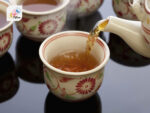
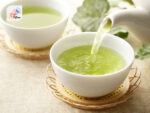
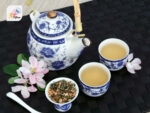

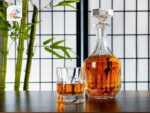
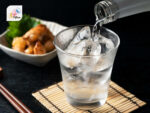
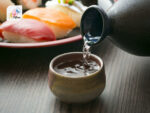

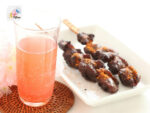
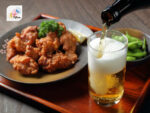
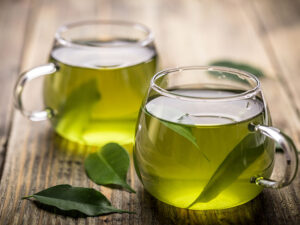
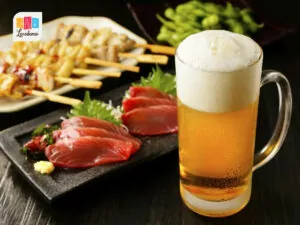
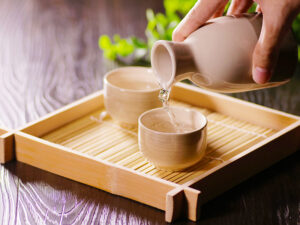
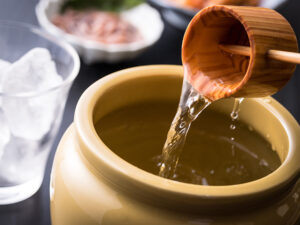
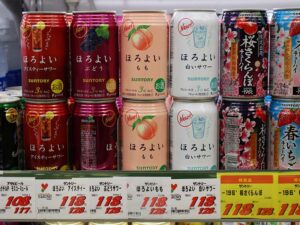
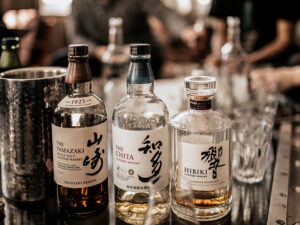
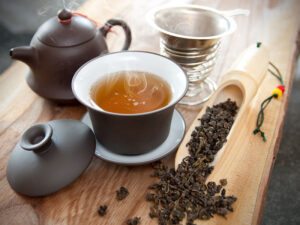
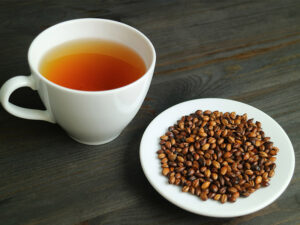
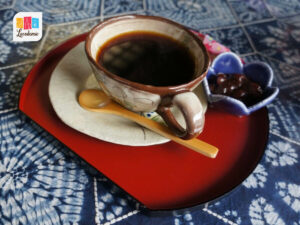
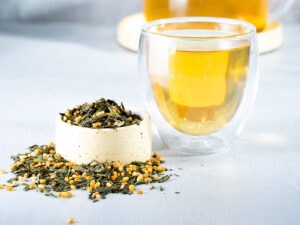
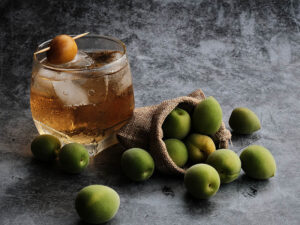
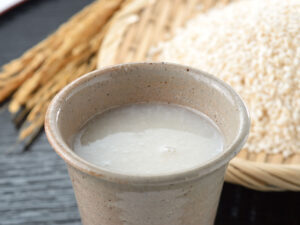

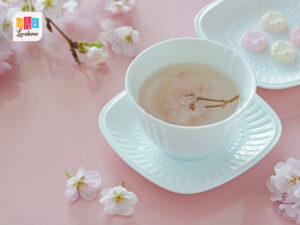
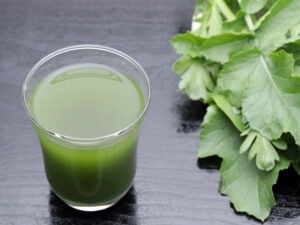
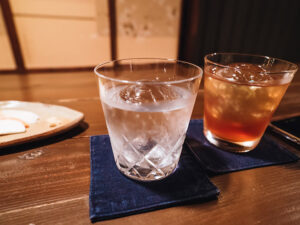
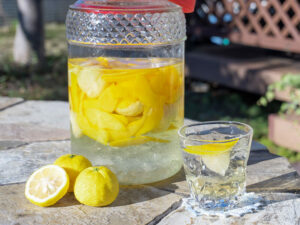
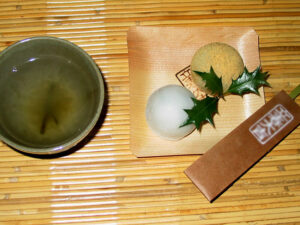
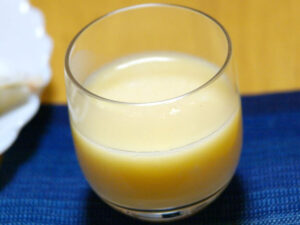
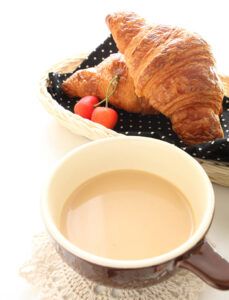
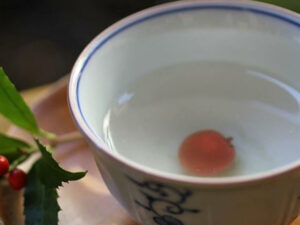
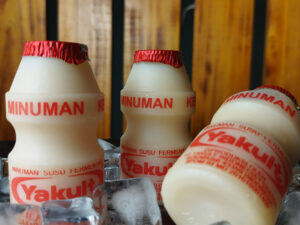
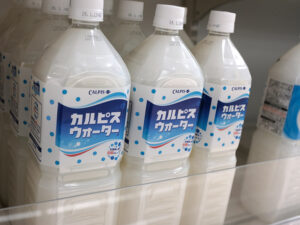
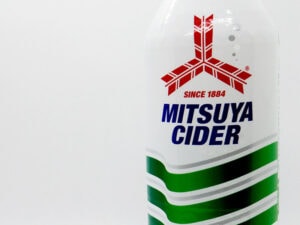
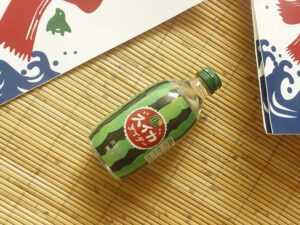
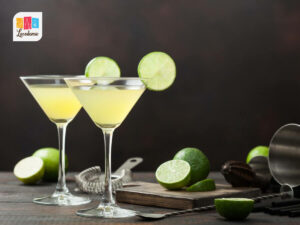
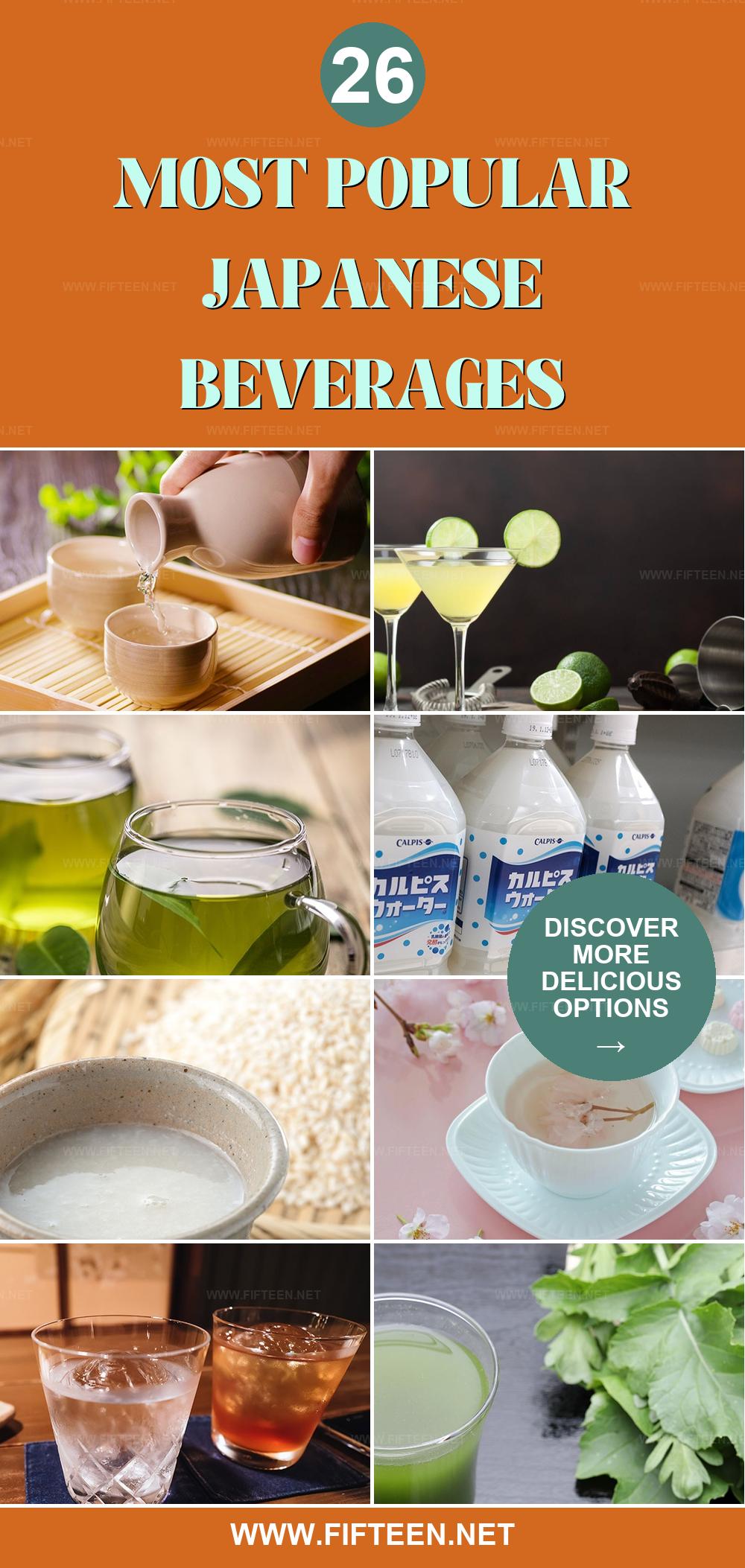
Jamie Scott
Editor in Chief, Senior Content Writer
Expertise
Home Cooking, Meal Planning, Recipe Development, Baking and Pastry, Food Editor, Cooking-video Maker, Western Food Evaluation Expert
Education
Le Cordon Bleu College of Culinary Arts
Local Community College, New York, NY
Jamie Scott is a skilled culinary expert and content creator specializing in Western cuisine. With over 15 years in the culinary field and formal training from Le Cordon Bleu, Paris, Jamie deeply understands how to blend nutrition with delicious flavors. His passion for cooking matches his commitment to making healthy eating accessible and enjoyable.
On Fifteen.net, Jamie brings a fresh perspective to classic dishes and beverages, offering readers insightful recipes, cooking tips, and a fresh view on meal planning that emphasizes taste, health, and simplicity.